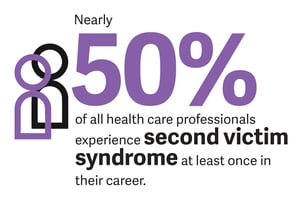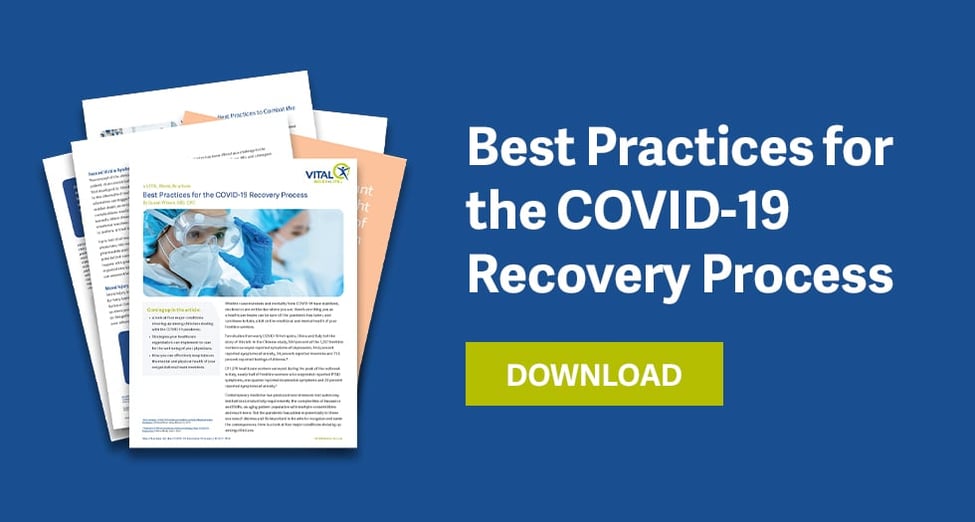Second Victim Syndrome (SVS) was first described by patient-safety expert Albert Wu, MD in 2000.1 When an adverse medical event occurs—including sudden death, a delay in diagnosis, a medication error or complications resulting from a procedure—the patient is the first victim, but the involved clinician becomes the second victim. The subsequent emotional impact of the second victim phenomenon causes a host of physical and psychological symptoms, making it difficult for the medical practitioner to perform at the highest professional level.
The physical symptoms of second victim syndrome (SVS) are remarkably similar to those of PTSD: a rapid heart rate, rapid breathing, sleep disturbance, nausea and vomiting, headache, muscle tension and disturbance in eating. Sufferers may find it hard to concentrate, experience anger, become irritable, anxious, depressed and even fearful. They may experience flashbacks of the triggering incident and lose confidence in their abilities. The result may be increased rates of burnout, substance abuse and even suicide.2
With resources stretched to the breaking point, and clinicians devoting long hours to providing medical care, adverse medical events have, unfortunately, become more frequent during the pandemic. As a result, second victim syndrome is a real risk for the practitioners on the frontline.
When clinical events occur that could trigger SVS in members of your staff, do you know what to do to support their mental and emotional health? Do you have resources available to help them anticipate and understand the emotional impact of adverse events?
Discover ways to combat second victim syndrome and other threats to the mental and emotional health of your practitioners during the pandemic, in our article Best Practices for the COVID-19 Recovery Process.
Download our article, Best Practices for the COVID-19 Recovery Process, to learn more about the importance of caring for your clinicians' well being, knowledge on how to provide assistance in recovery and practical advice on how to navigate the complex needs of your organization throughout the COVID-19 pandemic.



